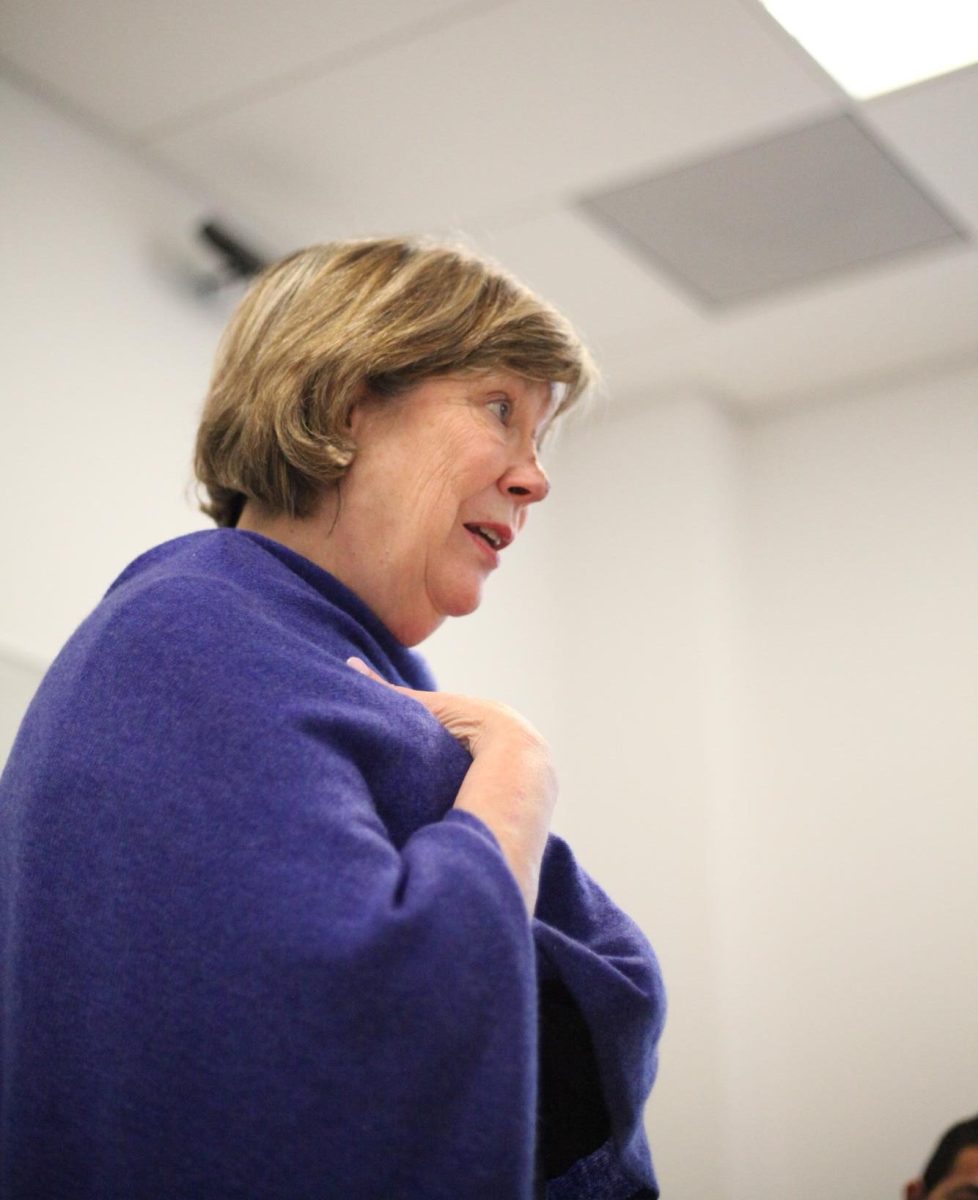The Academic Reorganization Omnibus Proposal allegedly responds to a budget deficit from declining enrollment in our university. This plan will officially take effect on July 1, completely changing the academic structure of SSU as we know it. However, many faculty members doubt the effectiveness of the plan.
The reorganization plan will group similar programs into “schools” within a larger “college.” This will allegedly cut costs by reducing the number of Deans and faculty release time. Faculty release time is given to department chairs who are faculty who perform administrative tasks like budget management and scheduling classes.
Department Chair of History, Stephen Bittner said he agrees reducing the amount of release time will save the university money over time and will allow faculty to instruct more classes, but not enough to make reorganization worth the time.
He was told the entire plan would save an estimated amount between $150,000 to $200,000, which is roughly the yearly salary and benefits of one assistant professor. “There are just countless human hours that have been devoted to reorganization to save what is in fact, a very modest amount of money,” Bittner said.
“What it facilitates is increased administrative control over faculty time,” said Amy Kittlestrom, Professor of History. Kittlestrom said getting rid of release time only serves as a way for administration to extract more labor from faculty by having them teach more and work more, while still performing the same administrative work without proper compensation. It will also be more common for faculty to teach classes outside their expertise, “It’s so extractive of our labor… and treats us as interchangeable parts,” Kittlestrom said.
In a report, Karen Moranski, Provost and Vice President of Academic Affairs said reorganization is ultimately about responding to a budget deficit, but it is also about “innovation” by allowing departments to collaborate therefore attracting more students, but some faculty disagree.
“Great harm was done to the re-org process when the reason we were reorganizing shifted,” Bittner said, “and it shifted from cost savings to the enrollment crisis.” No evidence has been put forward that suggests academic reorganization will increase enrollment. “If reorganization was not going to save us money, perhaps we shouldn’t have pursued it in the first place,” Bittner said.
Despite pushback from many faculty members, administrators are pushing the plan forward. Between March 15 and April 1, the plan will be finalized. Before spring break, faculty from each new “school” will decide firstly what their school will be called, who the chair will be and how to allocate the reduced release time they get, giving minimal time for department coordinators to prepare the Fall 2024 course schedule. “it’s exceedingly difficult to schedule around that kind of uncertainty,” Bittner said.




































